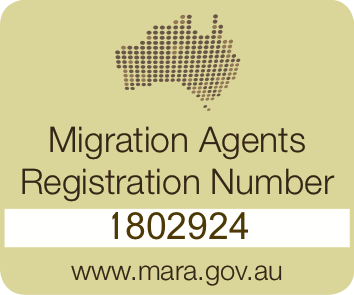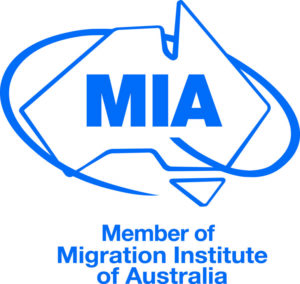There are no restrictions on the types of jobs Working Holiday visa holders can apply for, as long as they are not working for more than six months for the same employer. All manner of work is permitted, from informal, occasional jobs to office work of all kinds. The typical and still most popular jobs for working travellers are jobs in agriculture and hospitality. Over 50% of working holiday travellers work as fruit pickers, waiters, farmhands or kitchen staff due to the fact that the demand for seasonal workers is traditionally highest in these sectors and can be accessed easily. However, an increasing number of Working Holiday visa holders today work in the finance, health, or educational sectors and are using their working holiday stay as an opportunity to network with potential employers and sponsors.
The earning potential is quite good. Australia’s statutory minimum wage is currently A$18.29 per hour, and depending on the industry higher rates can apply. The Australian working week is 38 hours for a full-time position. If you plan to work in Australia, you must apply for a tax file number (TFN), which is required in order to work in Australia legally. The work must be officially declared, and the income must be taxed. Since 2017, the so-called backpacker’s tax applies to the earnings of Working Holiday visa holders. The initial rate is set at 15%. Furthermore, employers are required to pay at least 9.5% of the overall income in addition to the salary into an Australian Superannuation Fund. After their departure, working holiday makers can apply for a refund of these superannuation payments.
In general, working holiday makers have no access to the Australian health and Medicare system and are therefore required to obtain private health insurance for the duration of their stay. Australia does have reciprocal healthcare agreements, however, with 11 countries, which means that the cost of necessary medical care is covered during visits to Australia and therefore no private health insurance is required by these citizens. These countries are Belgium, Finland, Italy, Malta, Netherlands, New Zealand, Norway, Ireland, Slovenia, Sweden and the United Kingdom.










